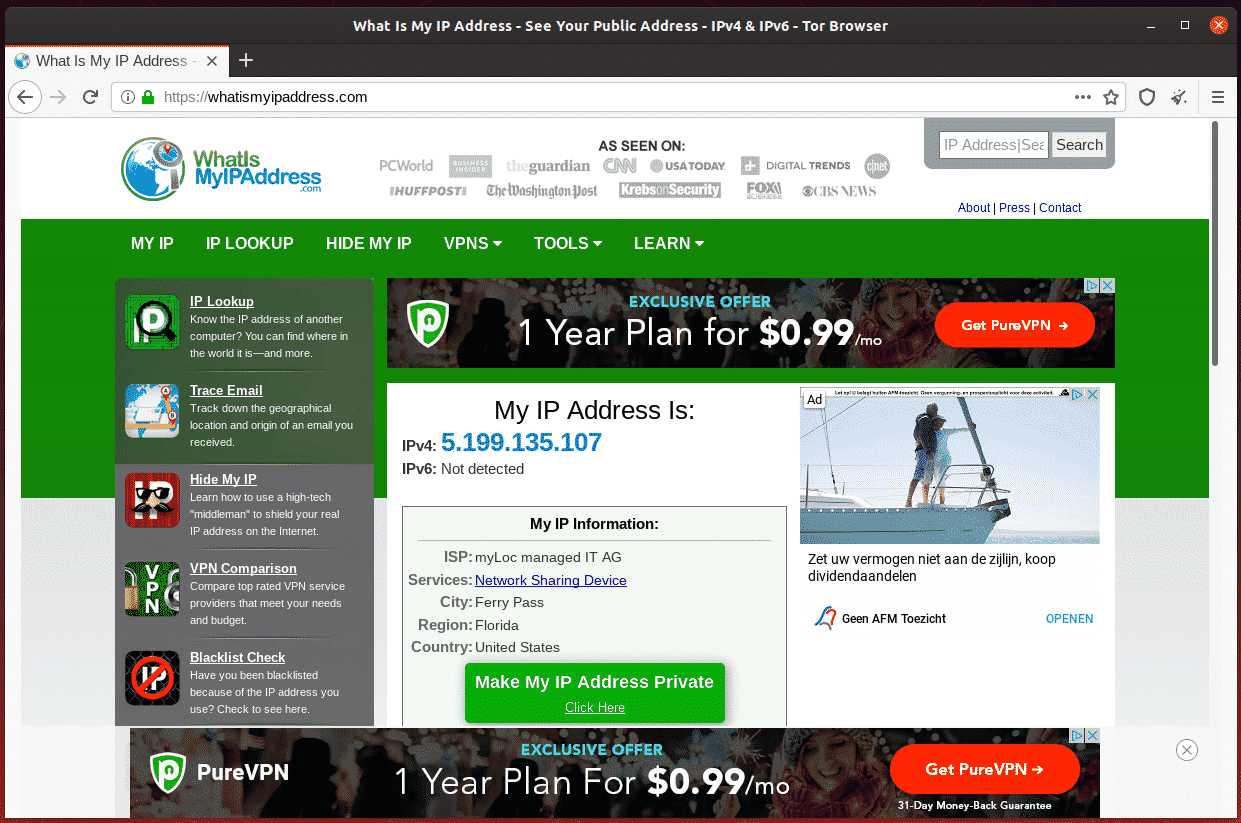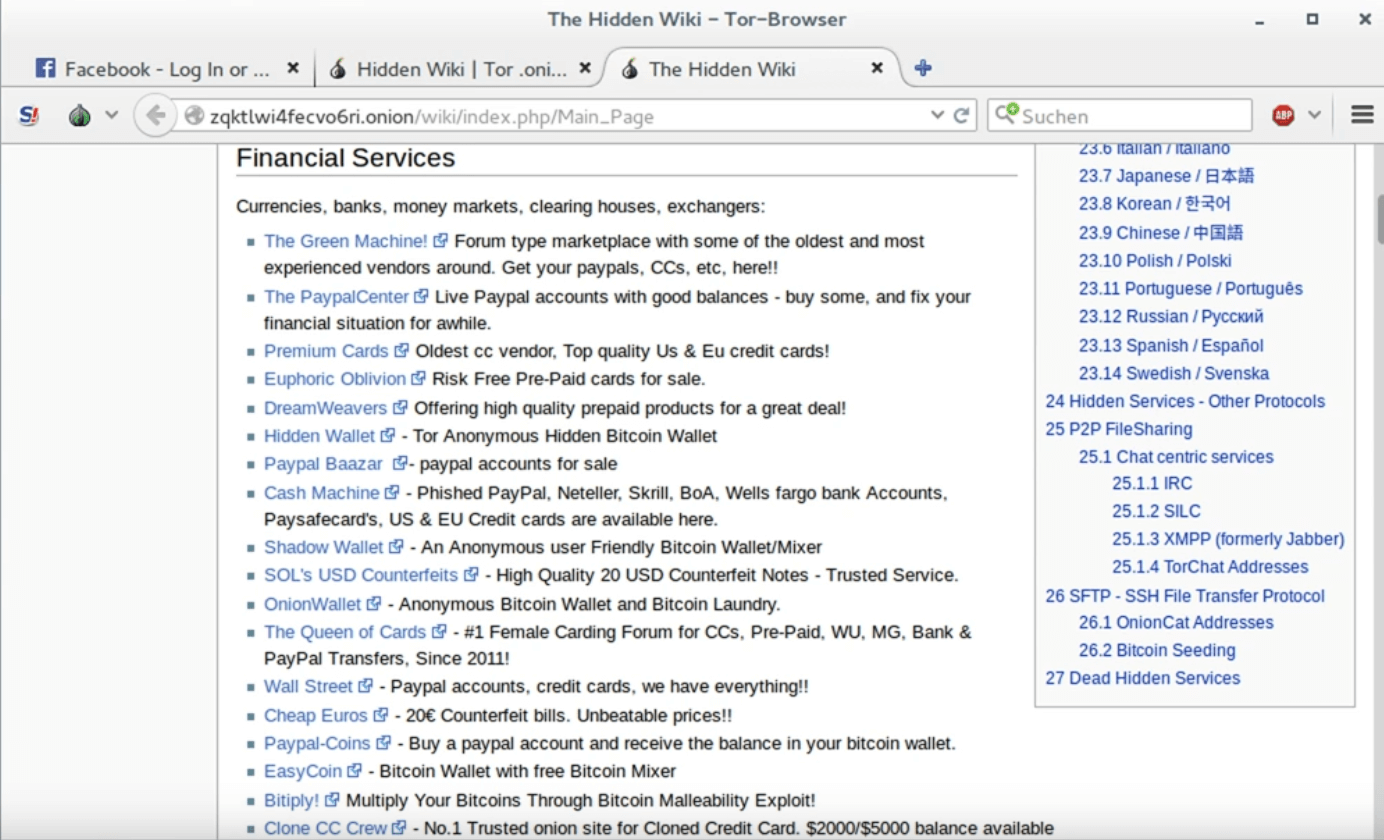

#Tor browser wiki hidden manual#
This sets up a manual hidden service controlled by the tor daemon.

You should eventually get incoming connections via the hidden service. Tor: Got service ID XXXXXXXXXXX, advertising service XXXXXXXXXXX.onion:8333 This is the. At some point during startup in ~/.bitcoin/debug.log you will see If you only wish to give access to your node to other Tor users, do not use it. If you need to submit bitcoin transactions to the network with the highest level of obscurity, use onlynet=onion. It is essential that some nodes access both clearnet and Tor. If you additionally want Bitcoin Core to only connect out to Tor hidden services, also add this line (not particularly recommended):ĭoing so will make your specific bitcoind node arguably more secure because it will never have an unencrypted connection to another node, but if everyone used onlynet=onion nobody on the onion bitcoin chain would be able to communicate with the clearnet chain. If you want Bitcoin Core to only connect via Tor (for anonymity), add these lines to nf: This will help other users who wish to submit transactions to the bitcoin network securely and obscurely, but transactions you submit could theoretically be traced back to your ip address. By default Bitcoin Core will usually connect over the regular Internet as well as allow connections to and from the Tor hidden service. Bitcoin Core v0.12 and later automatically tries to connect to Tor via the ControlPort if listen=1 is set in nf. Replace BITCOIN_USER with the actual user name found above:Īt this point your node will work over Tor without further configuartion. Run the following command as root, which adds your Bitcoin user to the tor group. Ps -eo user,group,comm |egrep 'bitcoind|bitcoin-qt' |awk '' Run the following command while Bitcoin is running: You need to figure out what user bitcoind or bitcoin-qt is running as. For absolute security delete onion_private_key at each reboot or some frequent interval. Note that while a malicious party cannot necessarily associate the server with you as a person, as long as your server has the same xxxx.onion address they will know it is run by the same person. Also, if you delete this file, the next time bitcoind loads it will generate a new key file and xxxxxxxx.onion address. If someone copies this file they can run a server with your.

The file onion_private_key contains the private key needed to generate your unique XXXXXXX.onion address. On the first startup of bitcoind after configuring Bitcoin Core to use Tor ControlPort as follows, Bitcoin Core will generate a file called onion_private_key in the data directory.

This sets up an automatic hidden service that is initiated by Bitcoin Core. For method 1, you need at least version 0.12.0. short onion addresses), only support Tor version 3 hidden services (Tor v3, ie. Note that since version 22.0 Bitcoin does not support Tor hidden service version 2 (ie.
#Tor browser wiki hidden install#
This guide assumes that Tor is running under the user and group tor, which will usually be the case if you install Tor using your distro's package manager. Figure out where your torrc file is ( /etc/tor/torrc is one possibility). It is possible to do on Windows, the instructions are presented at the end.


 0 kommentar(er)
0 kommentar(er)
